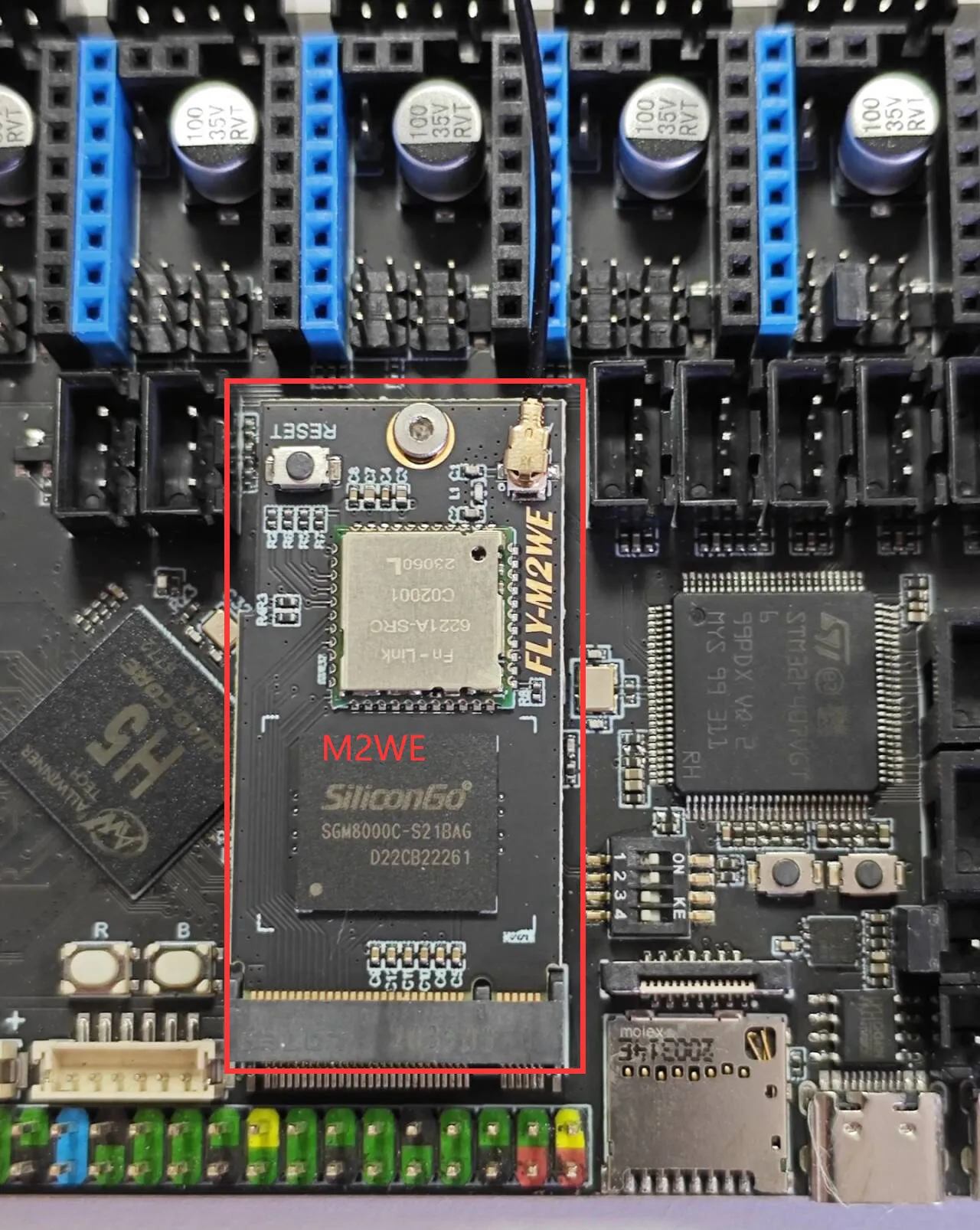System Burning
Host User Guide for Beginners
Host User Guide for BeginnersPreparation Before System Burning
- SD card reader
- One TF card, the capacity must not be less than 16GB or not greater than 128GB, the transmission speed of the TF card must be Class10 or above
- Download the corresponding system image
- Download the required burning tool
System Burning
info
TF card burning and burning to M2WE via TF card only requires using one of the burning methods.
info
- If the machine has installed M2WE and memory card, the system defaults to booting from the memory card
- It is recommended to use TF card to burn the system for M2WE; burning through USB to M2WE may fail due to driver compatibility issues, it is recommended to directly use memory card burning to M2WE
- Please note that the downloaded system image should match, otherwise it cannot start
- Burning to TF Card
- Burning to M2WE via TF Card
- Burning to M2WE via USB
- Burning to M2WE or TF Card via M2SD Burner
System Burn-in SD Card
Preparation
- First install the software
Win32DiskImagerFormatting Tool - Extract the system and the file name after extraction should have a
.imgsuffix - It is not recommended to use
balenaetcherorRaspberry Pifor system burning - Insert the SD card into the reader and plug the reader into the computer's USB interface
- If the SD card has data, please back it up. After the system is burned, the system card is not recommended to be removed. You can only remove the SD card after it needs to be burned to M2WE and then removed
Formatting Memory Card
- Use the
SDFormatter.exesoftware to format the SD card - Select the disk you want to format
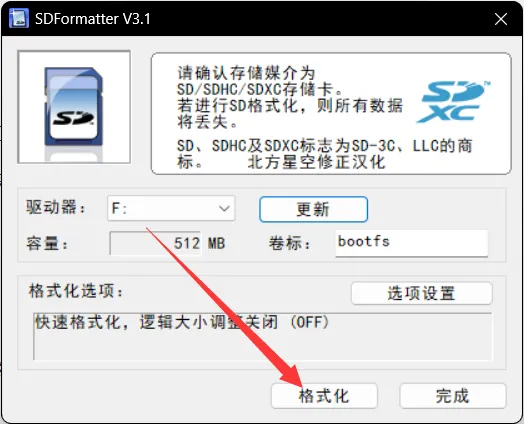
- Alternatively, use the built-in Disk Management in Windows to delete the partition, and then re-create the partition after deleting the partition.
Burning to SD Card
Testing
- Select the file to be burned in red
- Select the TF card to be burned in orange
- Burn the system to the TF card in blue

- Confirm burning and wait for it to complete
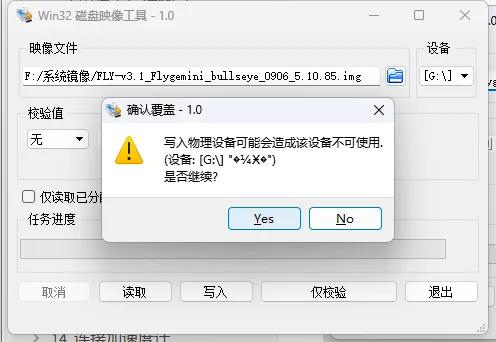
- Burning completed
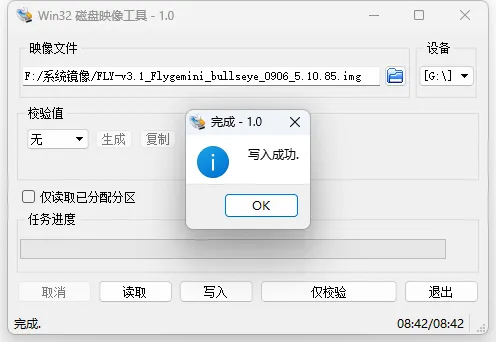
Flashing to M2WE via TF Card
info
System migration can fully migrate the image originally on the TF card to the M2WE. After the migration is complete, the contents in the M2WE remain consistent with those on the original TF card.
- Power on and start after installing the M2WE
- Please first connect to SSH using serial port Connect to SSH
- Execute the following command; you may be prompted to enter a password. Enter the password
mellowand press Enter. Note that the password is not visible.
sudo nand-sata-install
- Select the
Boot from eMMC - system on eMMCoption and press Enter (usually the default option is selected, so just press Enter)

- When
This script will erase your eMMC. Continue?appears, selectYesand press Enter (usually the default option is selected, so just press Enter)
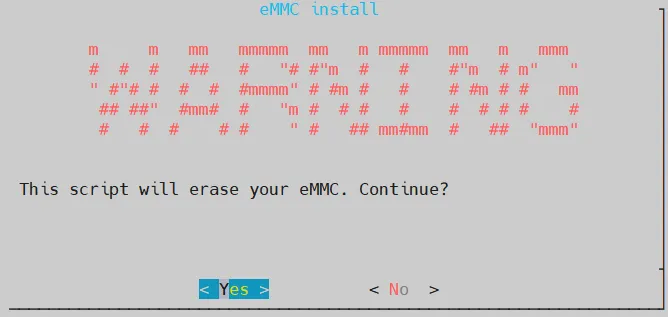
- Select the file system type as
ext4and press Enter (usually the default option is selected, so just press Enter)
- Wait patiently until the progress bar appears (if no progress bar appears within 2 minutes, please press
CTRL+Cto terminate the operation, then restart the device and try again)
- During the system migration process, do not power off or perform other operations until the migration is complete
- After the migration is complete, press Enter to wait for the device to fully shut down
- After shutting down, remove the TF card, power on again, and the system can now boot from the eMMC
Prepare USB Burning to M2WE
Preparation
- First install the software
Win32DiskImagerFormatter Tool - Extract the system and the file name after extraction should end with
.img - It is not recommended to use
balenaetcherorRaspberry Pifor system burning - If there are data on M2WE, please back up
- Download M2WE BOOT driver
Install Drivers
- Open the
Zadigsoftware - Except for the first
Zadig, which does not need to be installed and can be run directly, the other two need to be installed. Just clickNextorNextduring the installation process. - Open
Zadig, checkList All Devicesin the top menu barOptions
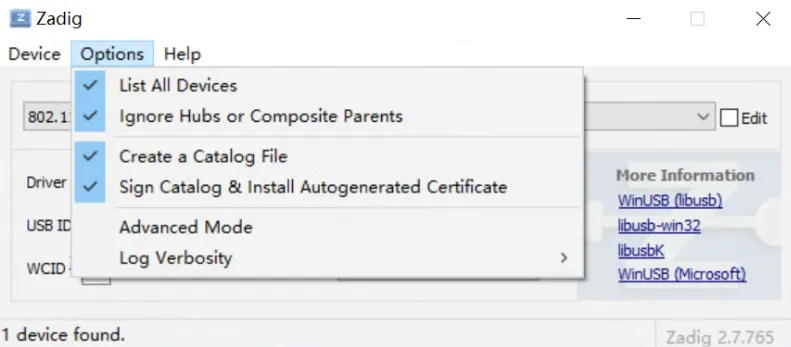
tip
Make sure the device is connected to the computer while pressing the button.
- After installing M2WE, press and hold the BOOT key and connect the dual-head USB to the computer.
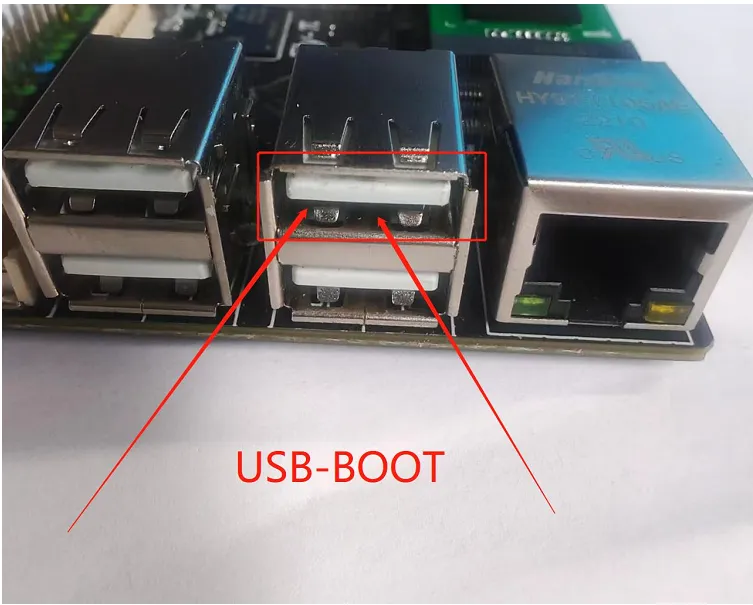
- FLY-C8
- FLY-Pi v2
- FLY-Pi(π)
- FLY-Gemini
- FLY-C8 port

- FLY-Pi v2 port
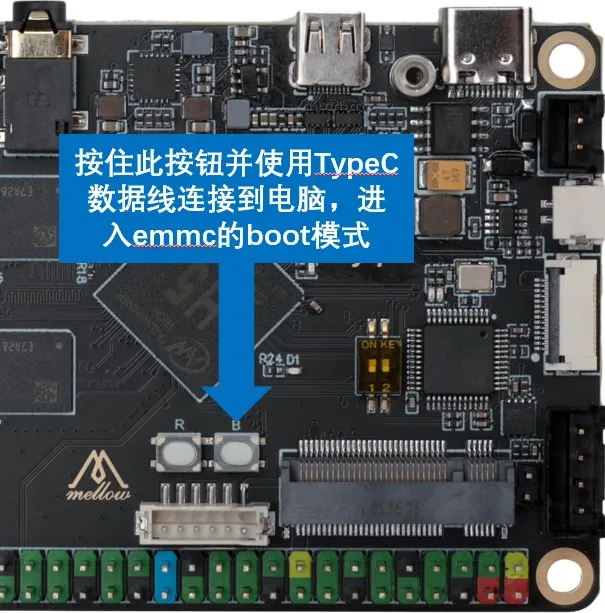
- FLY-Pi port
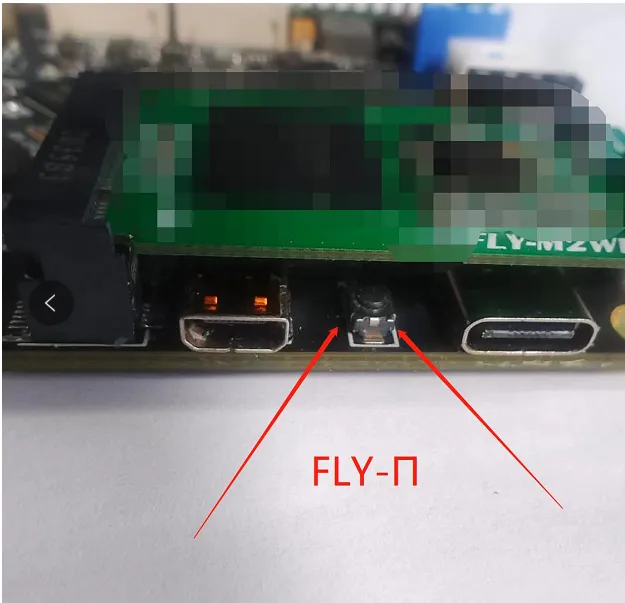
- FLY-Gemini port

- Open zadig
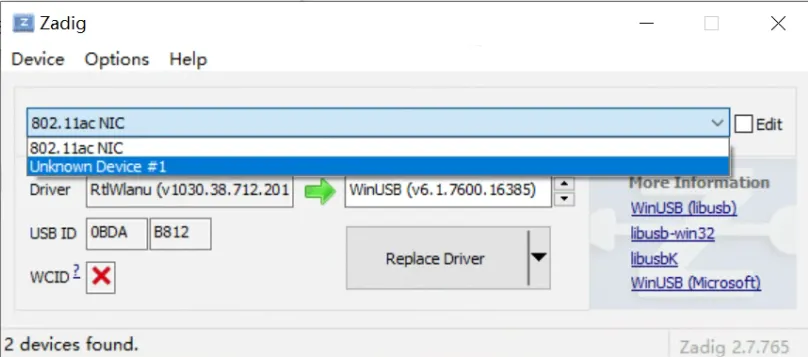
- If everything is normal, a new
Unknown Device #xorUSB Device(VID_1f3a_PID_efe8)will appear in zadig, select it.

- After selecting the device, check whether the USB ID matches the above picture. If not, please reselect another device.
- The second part in the above picture can only select
WinUSB(vxxxxxxx), the version number doesn't matter. - Click
Install Driverto install the driver.

- USB driver installation is successful (the driver only needs to be installed once, if you burn again in the future, you don't need to reinstall the driver).
- Open the installed FLY-BOOT, click
Check Device - If all the previous steps are correct, it will prompt that an available device is found.
- Click to start
BOOT, if it is normal, it will prompt thatBOOThas been successfully enabled.
Format M2WE
- Use the
TFFormatter.exesoftware to format theBOOTdisk.

- Or use the built-in disk management of WIN to delete the partition, then create a new partition after deleting.
- Now you can open File Explorer, and a 14.5G U-disk will appear (16G eMMC shows as 14.5G).
- You can now use Win32diskimager to burn the system image, select the drive letter for this 14.5G U-disk.
Burn to M2WE
Testing
- Select the file to be burned in red
- Select the TF card to be burned in orange
- Burn the system to the TF card in blue

- Confirm burning and wait for it to complete

- Burning completed

Installing M2WE or SD Card on M2WE
Notice
- This product supports USB3.0
- This product does not support using TF and M2WE together
- After installing M2WE or SD card and connecting to the computer's USB port, you can format it
- Do not install NVME or other devices, otherwise it will cause device damage!!!
- Installing M2WE
- Installing TF


Preparation
- First install the software
Win32DiskImagerFormatting tool - Extract the system files, the file name suffix after extraction should be
.img - It is not recommended to use
balenaetcherorRaspberry Pifor system writing - Install M2WE or SD card on M2WE first, then plug the reader into the computer's USB interface
- If there are data on M2WE or TF card, please back up
Formatting Memory Card
- Use the
TFFormatter.exesoftware to format - Select the disk you want to format

- Or delete the partition using the built-in disk management of WIN and then re-create the partition.
Writing System
Testing
- Select the file to be burned in red
- Select the TF card to be burned in orange
- Burn the system to the TF card in blue

- Confirm burning and wait for it to complete

- Burning completed

System Configuration
FLYOS_Env Usage
Tip
- Starting from system version 3.3.4, you can directly use FLY-TOOLS for system configuration without entering boot to modify configurations.
- Please note that older systems do not support direct use of FLY-TOOLS for configuration.
- Tutorial for Using FLY_TOOLS
WIFI Configuration Instructions
Notice
- The WIFI configuration method is complex and requires connecting to the host machine via serial port before performing WIFI connection.
Notice
- Gemini V3 needs to enter the FLY TOOLS setting interface to configure the motherboard model, otherwise the firmware cannot start normally
Installing TF Card or M2WE onto C8
- Installing TF Card onto C8
- Installing M2WE Card onto C8
- After burning the system to the TF card, you need to connect the TF card to this location on C8, otherwise the system cannot start
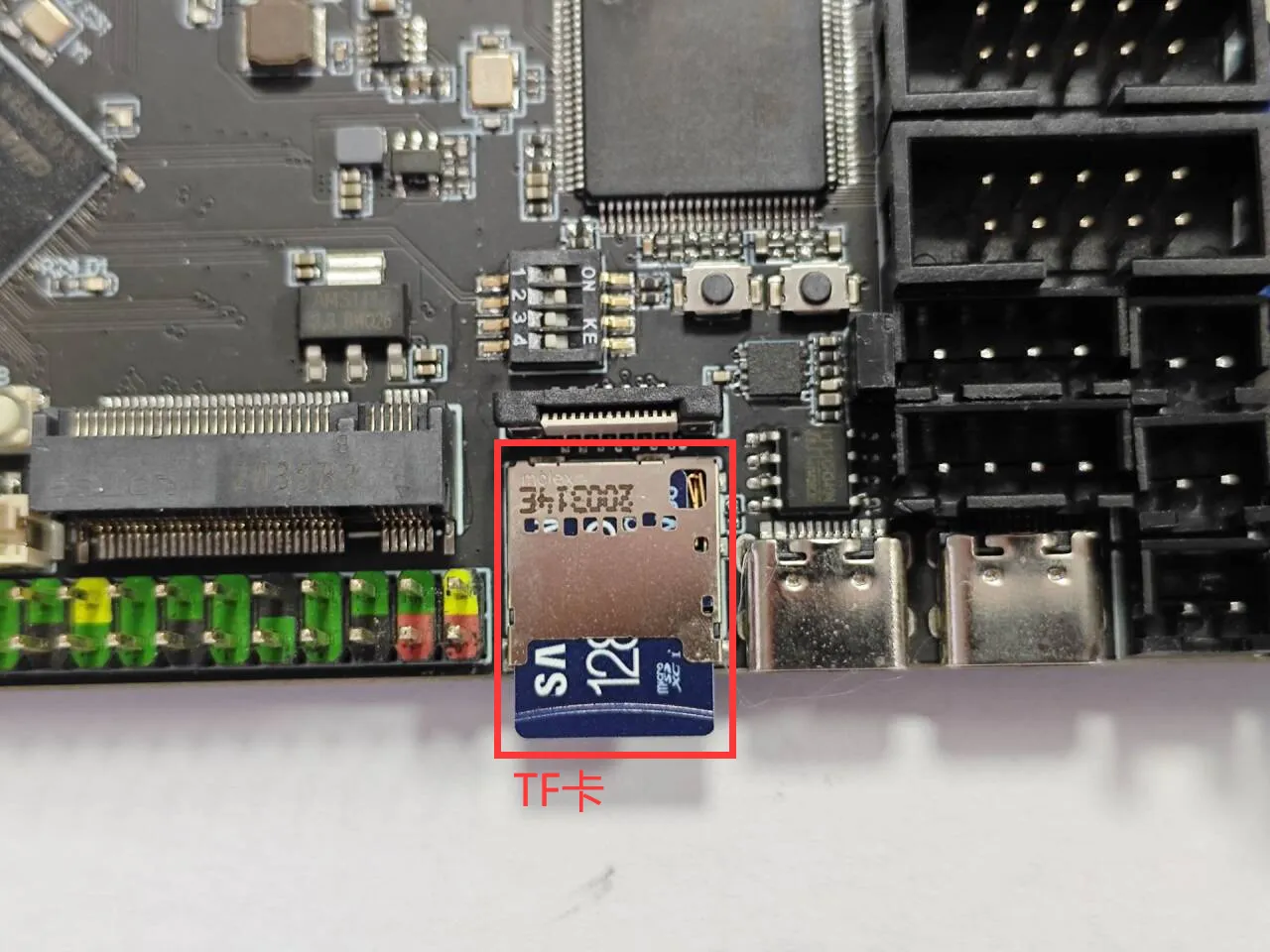
- Note that if there is a TF card, the system will default to booting from the TF card
- Note that fixing screws requires using a 1.27 hex screwdriver
